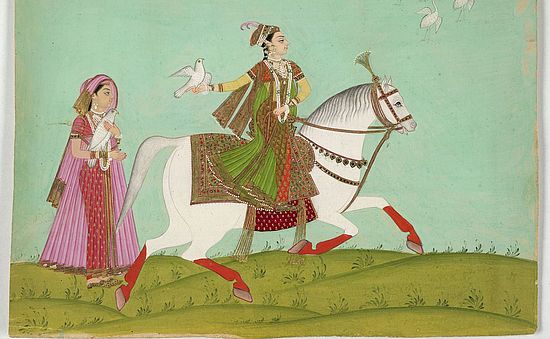
Pascal FirgesDynastic Femininities in the Age of Exploration
Dynastic Femininities in the Age of Exploration: Extra-European Arguments and the Negotiation of Gender in Early Modern Europe
One of the key markers of the early modern period is the explosion of global mobility and interaction, made possible by innovations in navigation and the expansion of geographical knowledge. As Subrahmanyam aptly describes, this era was “in a fundamental way an age of travel and discovery.” [1] In recent years, early modern historians have studied the economic, intellectual, and migratory exchanges between world regions in various ways, highlighting their profound impact on societies worldwide. These studies have consistently demonstrated that global interactions were deeply gendered. In particular, analyses of colonial contexts have shown how family structures were often violently disrupted and reshaped, leading to new conceptions of gender roles for both women and men.
The project “Dynastic Femininities in the Age of Exploration” investigates how the newly acquired knowledge about extra-European societies in the early modern period influenced European discourse on gender roles. It focuses particularly on debates surrounding the political roles of women within dynastic elites. The project examines, how powerful women outside Europe— think of e.g. Empress Mentewab of Ethiopia, Sultana Chand Bibi of Bijapur, or Empress Dowager Xiaoding —were judged in European discourse, as well as how “extra-European arguments” were employed in the Querelle des Sexes.
The project draws on a range of sources, including literary texts from the Querelle des Sexes, political treatises, educational writings, and travel accounts. Combining approaches from gender history and the history of knowledge, the study highlights how closely European knowledge production was intertwined with global interactions. By situating the Querelle des Sexes within this broader context, it sheds light on an often-overlooked chapter of European intellectual history and offers fresh perspectives on the construction of gender and power in the early modern period.
[1] Sanjay Subrahmanyam, ‘Connected Histories: Notes toward a Reconfiguration of Early Modern Eurasia’, Modern Asian Studies 31 (1997), pp. 735–62, here p. 737.
